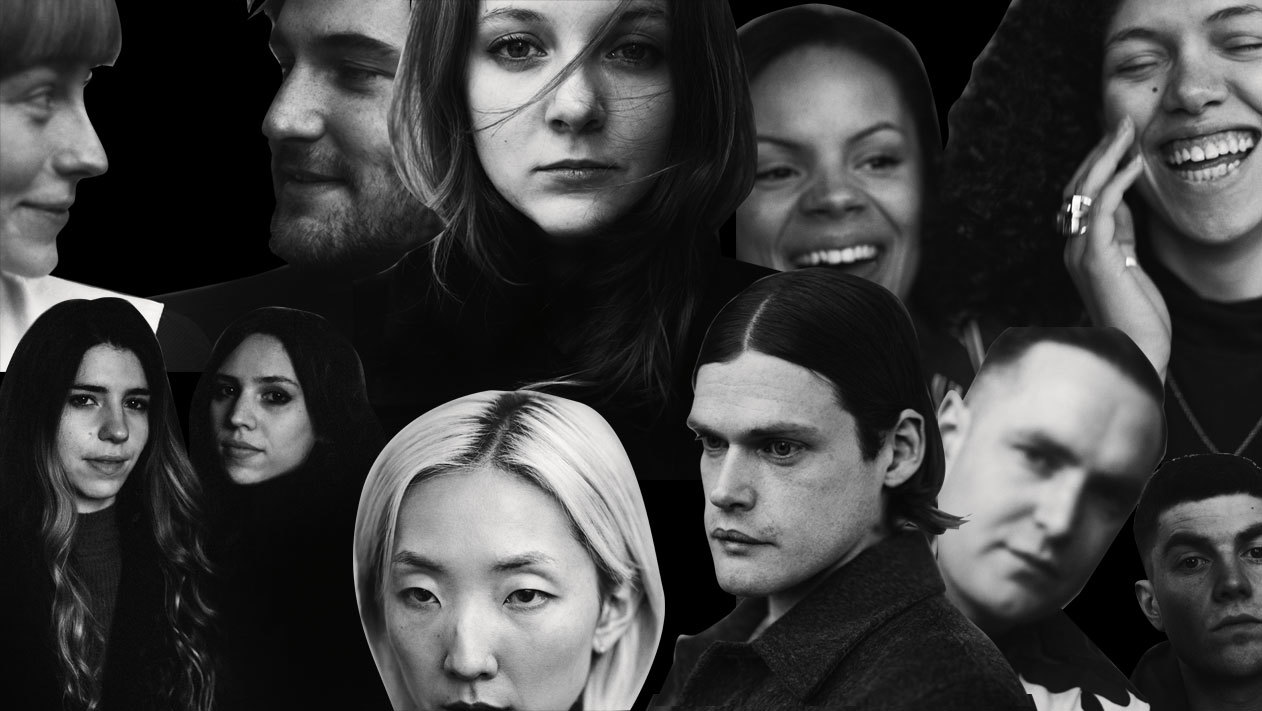You may have already guessed it, but we’re mad about magazines. If you’ve got something to say, there’s no better way to say it than shouting it out loud on the printed page. Profiled here are a selection of the most exciting new editors creating your soon to be favorite new titles. These are keep-it-on-your-bookshelf-thick-papered-magazines for the 21st century, born out of love, sweat, tears, late nights, and paper cuts. This is what feminism, fashion, art, and sex look like in 2016. It’s often said that the print industry is collapsing, but that’s only made a new generation of editors and magazine aficionados more resilient and determined to grow something beautiful out of the hard ground. In our fast paced digital age, print is more precious than ever before, a pause in our ever busy world. Something to have and to hold from issue one, for better, for worse, for richer, for paper, until death do us part.
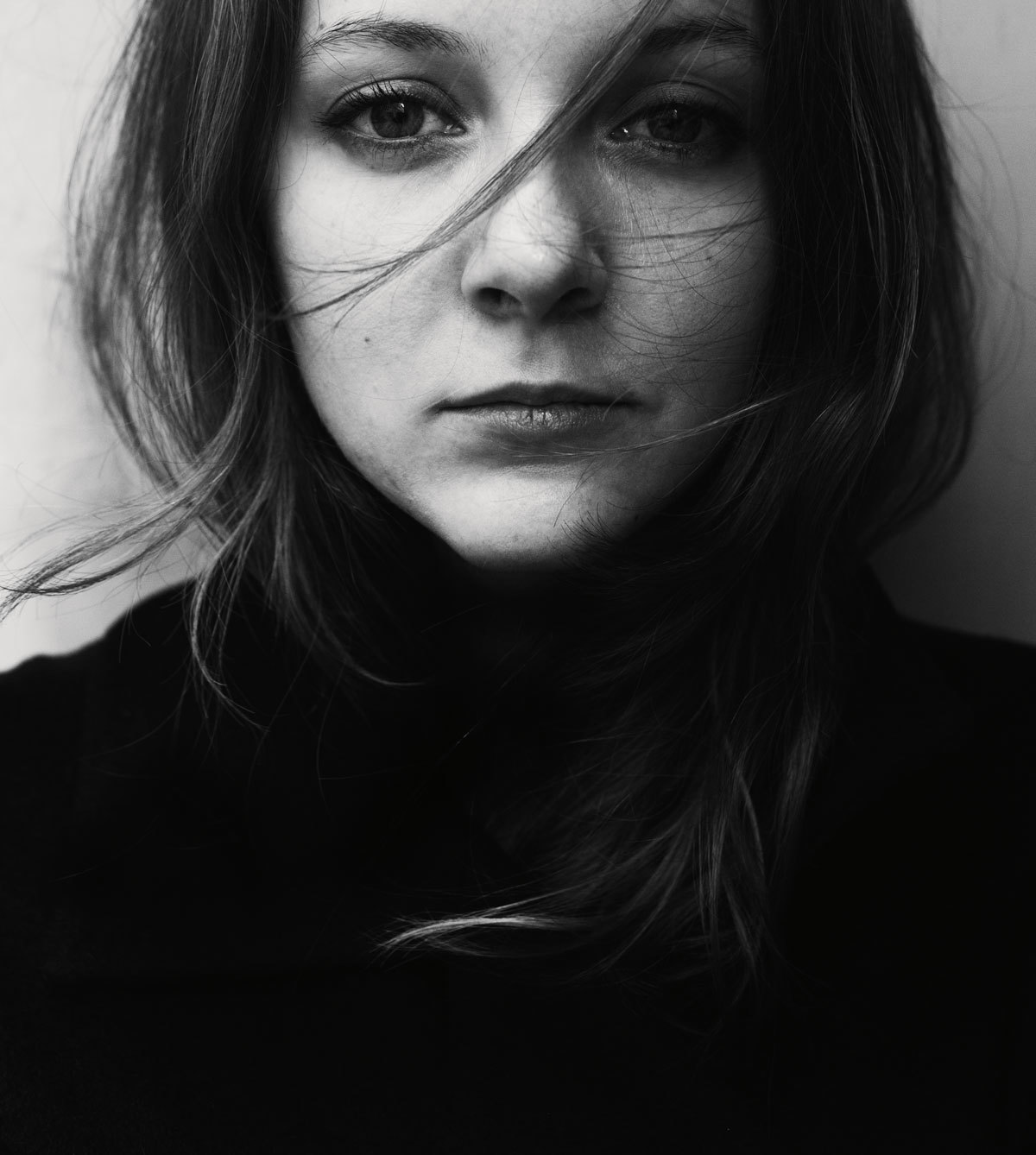
Olya Kuryshchuk, 1 Granary
Michael Fassbender has slept on 1 Granary Editor Olya Kuryshchuk’s sofa. Surprisingly, this isn’t the highlight of her time in charge of the magazine. Launched three years ago when Central Saint Martins moved into a new building in King’s Cross, 1 Granary is a student magazine but not as you know it. Now expanding to include fashion colleges across the globe, from Parsons in New York, to the Royal Academy of Antwerp, 1 Granary is shining a light on fashion’s future greats. Its mission, according to Olya, is to “provide support to young designers and artists… to educate, as well as inspire.” It’s a window into the artistic hotbed of CSM that also allows the students there to look out: Nick Knight, Alister Mackie, and Simon Foxton have all contributed. It might still be in its infancy, but 1 Granary is proving that there’s a new generation waiting in the wings to carry CSM’s creative legacy into the future, and that the digital world hasn’t killed off printed matter just yet. “Social media is instantaneous, and more often than not, quite mindless,” Olya explains. “A magazine should be something precious, informative and useful. It’s a luxury product in itself. It should embody soul.” – Felix Petty
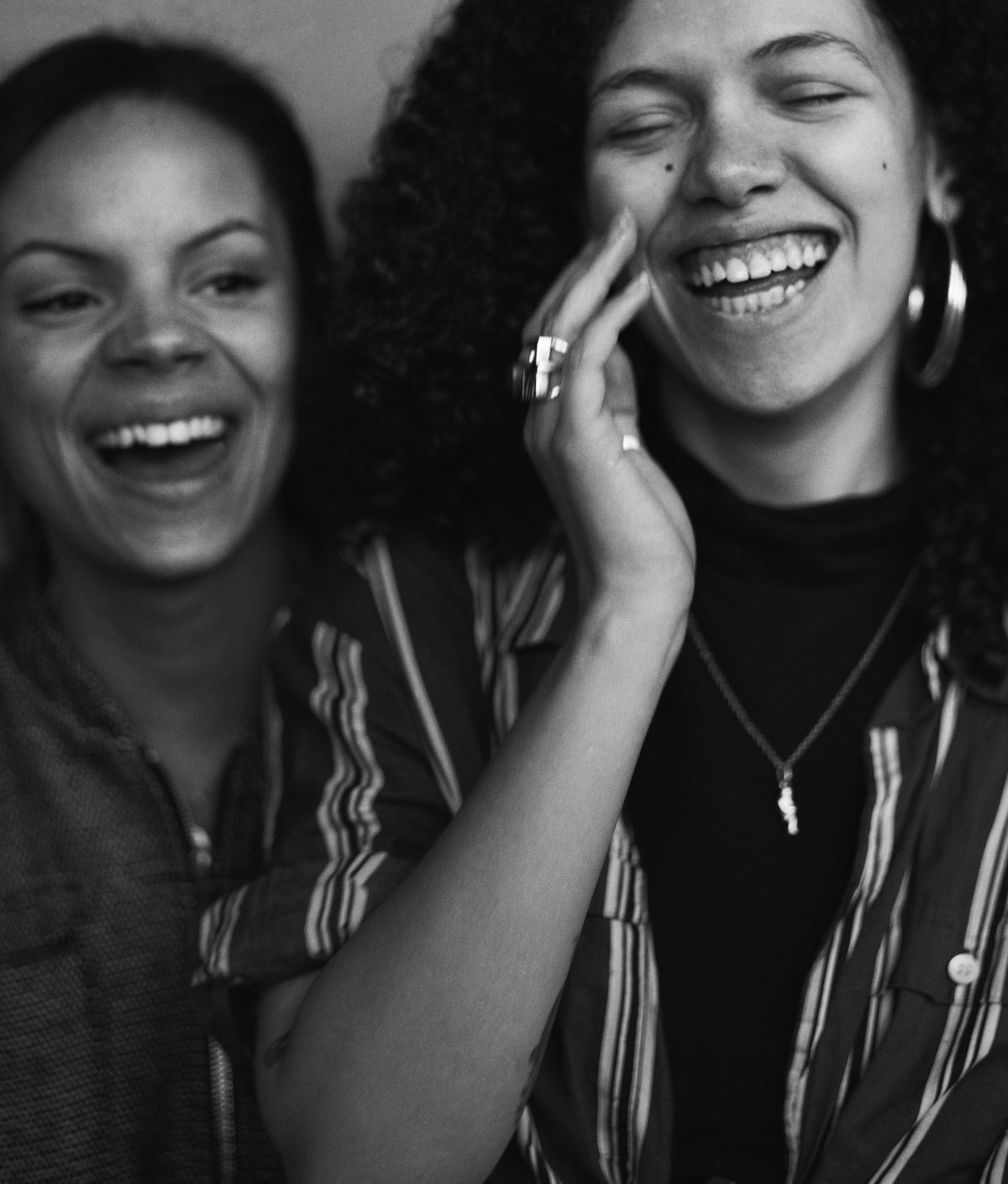
Chani Wisdom + Jamila Prowse, Typical Girls
Jamila Prowse, 21, the founding Editor of Typical Girls grew up with the pages of Vogue and Lula taped to her walls. “I have this really idealistic relationship with them. I wanted to be on those pages,” she says. Together with Chani Wisdom, 20, who serves as Art Director, they created Typical Girls in October 2015 after Jamila became disgruntled with working in a bar and having no creative outlet or stimulation. “I was frustrated about not seeing faces like my own,” she explains. “People of color, ordinary people, I wanted to see that diversity and individual experience in a magazine.” The result was a 96-page magazine that in their own words, “offers a positive platform where a range of women’s experiences and perspectives are shared with equal gravity.” Launching in Martin Skelton, a shop solely dedicated to independent magazines in Brighton where Jamila and Charni go to university, the initial 100-copy run was an instant success and subsequently sold out. “We just do what we want,” Jamila says. “We make it as if no one is going to read it. We just hope that girls, particularly those of color, will look at Typical Girls and feel good about themselves.” – Lynette Nylander
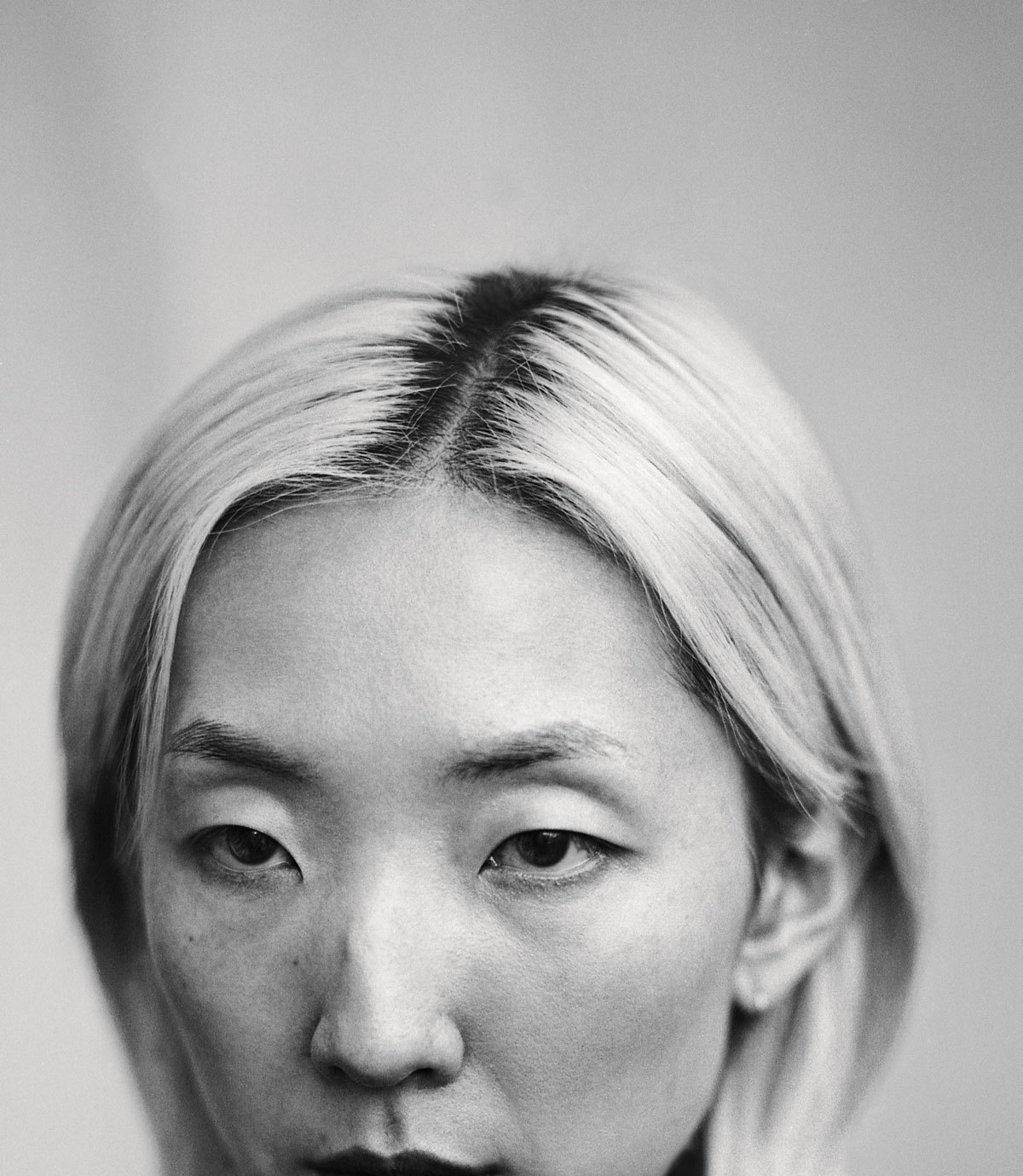
Hanna Moon, A Nice Magazine
Hanna Moon’s A Nice Magazine was born out of a final year project while studying at Central Saint Martins. Inspired by early issues of Purple as well as Spare Rib and Re-Magazine, the ethos of the magazine is simple, “Be real and have fun! Stop being too nice! Be naughty!” The name is a direct reference to the polite and uniform fashion magazines Hanna felt were already in existence. “I wanted to make something not so ‘nice’ as there were a lot of ‘nice’ magazines out there already.” The result? A collection of beautiful lo-fi images reminiscent of the early 90s that include not only Hanna’s work but some of London’s best image makers, too. There’s work by Joyce NG, Hugo Scott, and Alice Neale as well as Tyrone Le Bon, who Hanna assisted for a number of years, and who shot her friend Cammy in a nude editorial for the first issue. Despite instant success, Hanna’s reasons for making a magazine remain purely personal and not financial. “The magazine is a tool of communication between me and the world. It’s almost for my own satisfaction. It’s up to readers whether they like it or not.” – LN

Matthew Holroyd, Baron/ Baroness
Matthew Holroyd, the founder and Creative Director of Baron and forthcoming Baroness, grew up in the publishing world. “Both of my parents worked in magazines. My dad sold advertising for the Financial Times and my mother had a column in the The Scotsman,” he says. Matthew’s parents’ careers clearly rubbed off on him. He made his first fanzine, about the environment, aged eight and in his teens another called Long Live the Queens. Despite what seems like a clear path to editing, Matthew dabbled with other career options, “I wanted to be an actor, a hairdresser, a teacher, an artist… but I was always quite creative I guess.” After studying fashion design at Middlesex, he started his own satirical fashion magazine, Vague Paper, “until I got fed up with being funny all the time, then I started Baron [together with Jonathan Baron and Ché Zara Blomfield] in 2012.” Baron’s raison d’être was to explore modern sex and sexuality. “The idea came from an issue of Vague Paper I didn’t get to make that I wanted to call ‘Marie Claire is a slut’,” Matthew says. “Jonathan had been thinking about a gentleman’s magazine inspired by Fantastic Man that he wanted to call Baron so we decided to combine the ideas.” Holroyd describes the ethnographic approach he takes to Baron. “When we think of sex, we immediately think of porn, but pornography is quite extreme, and I wanted to give it some sort of elevation.” The success of Baron, as well as the widening discussion about female sexuality has led to Baroness, “focused on the male nude and the female gaze,” which will launch later this year. – LN
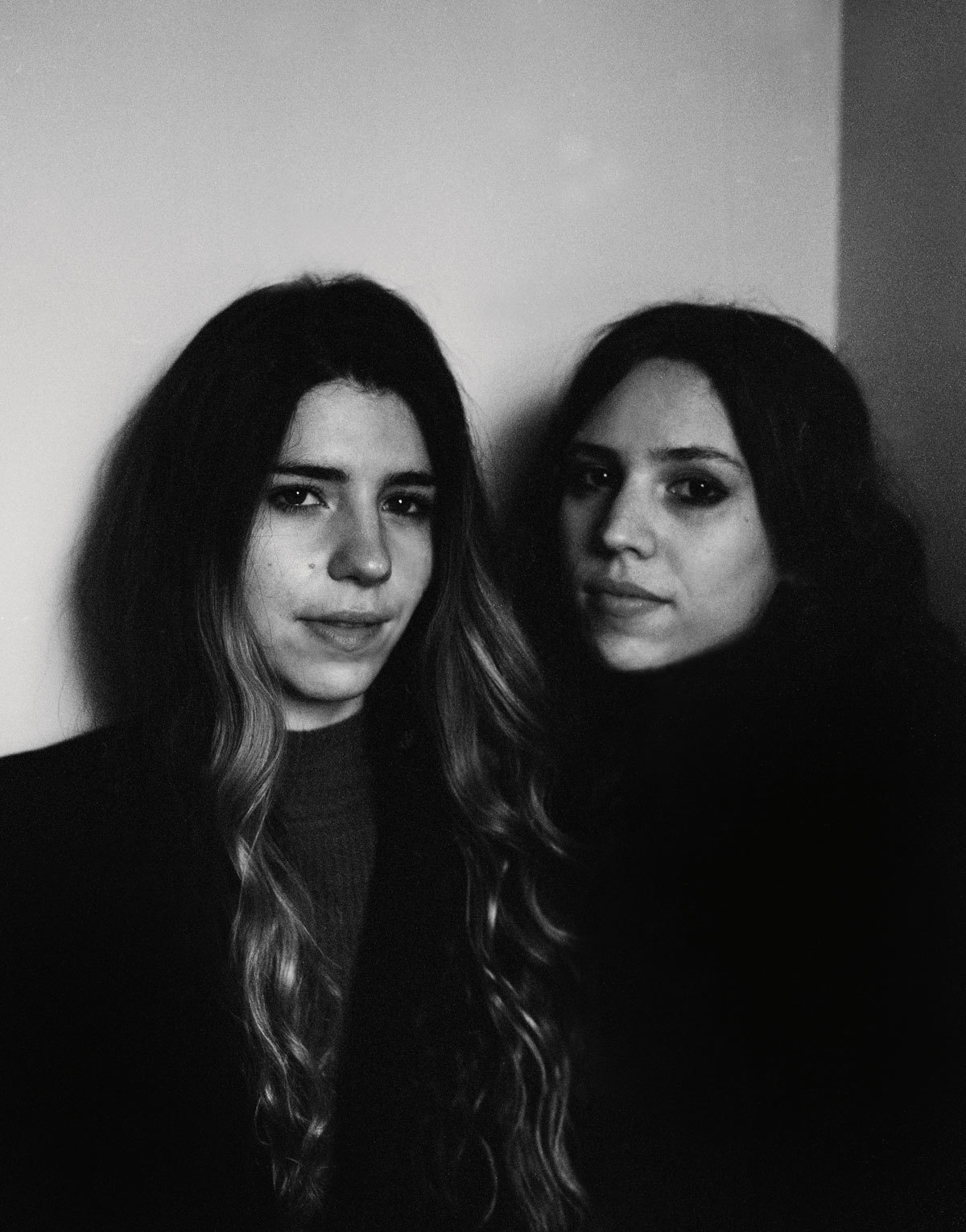
Charlotte Roberts + Bertie Brandes, Mushpit
Marrying the pre-internet heyday of teen magazines with the satirical wit of Private Eye, Mushpit, masterminded by Bertie Brandes and Charlotte Roberts, reads like a hilarious yet purposeful contradiction of everything a women’s magazine is meant to be. Although the girls didn’t meet until they were 21, their teen years eerily mirrored one another’s. “We went to the same house parties in North London and snogged the same boy when we were 15!” Bertie laughs. So when it came to putting together their first issue in 2011, their references met seamlessly in the middle. While Charlotte grew up pawing through the pages of “i-D, The Face, Dazed… I also liked Cheapdate and Riotgrrrl fanzines, I collaged them all the time.” Bertie was into “comics, Sabrina’s Secrets, and Mizz magazine.” These nostalgic references are splashed all over the pages of The Mushpit, from fashion editorials that forgo traditional models for the girl next door, male centerfolds as keepsake posters, to flow-chart quizzes and agony-aunt problem pages that deal with everyday life in your 20s. The magazine has never taken advertising by way of preserving what they do. “A lot of the stuff we publish would be totally undermined and irrelevant if it was sat between pages of adverts,” Bertie says. “There is something in our relationship with our reader, we curate the entire experience, every single word and pixel belongs to us.” – LN

Max Barnett and Bex Day, PYLOT
PYLOT is an analogue magazine living in a digital age. It might be working within the parameters of an older time, but PYLOT is in fact totally of the here and now. Started by Editor-in-Chief Max Barnett whilst he was at University, and born out of his own approach towards photography, in just three issues PYLOT has grown to a team of 13, pushing a strict no retouching policy toward fashion images. It’s a distinct visual voice in a crowded magazine landscape. “We want to push boundaries but also find new ground to explore along the way,” Max and Bex, who he runs the magazine with, explain. “We want to celebrate a broad range of looks and body types. It is very important to us to include street cast and unsigned models, who serve as fragments of ‘normality’ that make us human.” Inspired by the iconoclastic spirit of Nick Logan’s The Face, PYLOT is equally revolutionary, a response to those who said both print and analogue photography were dying. “We could be seen as a reminder that things aren’t over if people still have a thirst for them,” they say. – FP
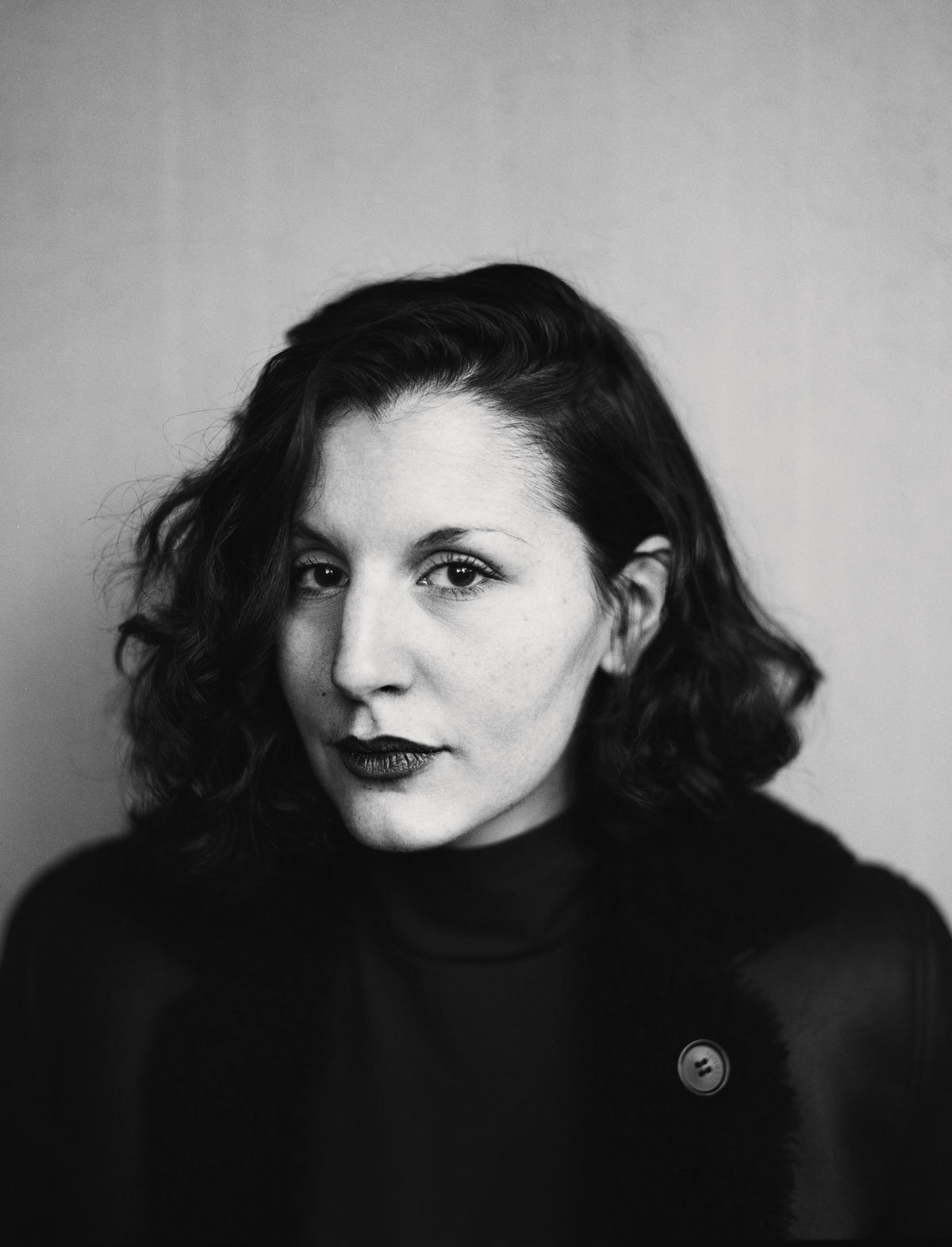
Jasmine Raznahan, Noon
Want to know who’s contributed to Noon? It’s easier to think about who hasn’t. The magazine has already worked with just about everyone, from the biggest names, to underground icons, to future greats. When asked who’s left that she’d like work with, Noon’s founder Jasmine Raznahan jokes, “Ron Nagle. He’s a killer ceramicist. No idea what I’d do with him, but I’m sure we would work it out.” Noon was started by Jasmine after she left her job as Art Director for POP. “There were no obvious existing titles that I felt particularly passionate about,” she explains. “A lot of my friends work in the art and fashion industry, many of whom were making great work, but had nowhere to publish it.” And so Noon was born, existing in a space between fashion and art, exploring the space where the two overlap. “Right now the two things are approached in a very similar way,” Jasmine says. “Inviting an artist to shoot a fashion story, or publishing a visual essay that’s shot by someone who usually works commercially. To me that creates a really interesting dialogue and proposition for the reader.” Noon is a magazine celebrating the luxury of print, paper and ink, instead of cultivating a web presence. Jasmine describes a magazine as a “pause” in the age of social media. Noon might be a pause, but its unique approach creates something timeless. – FP
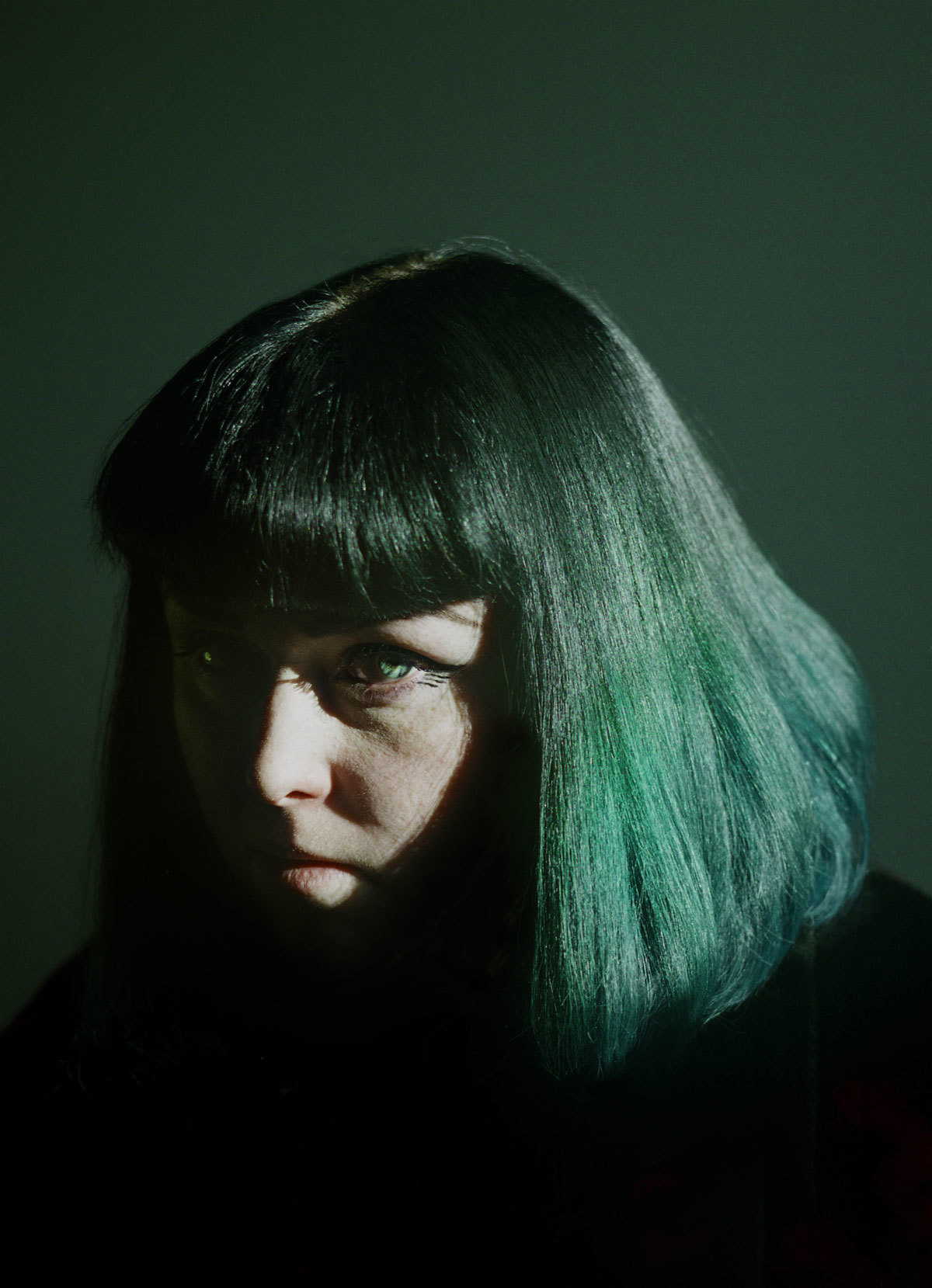
Ione Gamble, Polyester
Punchy, political and unashamedly feminist, Polyester is the magazine for girls who know their own mind, and it’s run by one too. Ione Gamble started Polyester when she found herself “increasingly frustrated with the way mainstream fashion magazines were reporting on feminism. Everyone was talking about it as if it was ‘cute’ or ‘kitsch’ or ‘fun’ and no-one was talking about the politics.” So 22-year-old Ione created Polyester as a way of having a space to champion the individuals she identified with. The magazine’s tagline, “have faith in your own bad taste,” is a direct response to the social binaries put in place about what it is to be queer or a feminist and to “champion more inclusivity of feminist movements within the fashion industry.” Lack of money is a constant struggle, and though the hustle to keep it going by working two or three jobs is tough, for Ione, the pros outweigh the cons. “You work completely on your own terms and there are no restrictions. You can feature anyone you want, you can be as political, outspoken or weird as you think is necessary to get your point across.” Having recently released its 4th issue featured a tiara-donning Tavi Gevinson on the cover, she doesn’t give too much thought to the future of print. “The internet has meant magazines don’t need to be timely anymore. What ‘zines can do now is offer a point of difference and maybe that is where print will go, narrow down to even more niches.” – LN
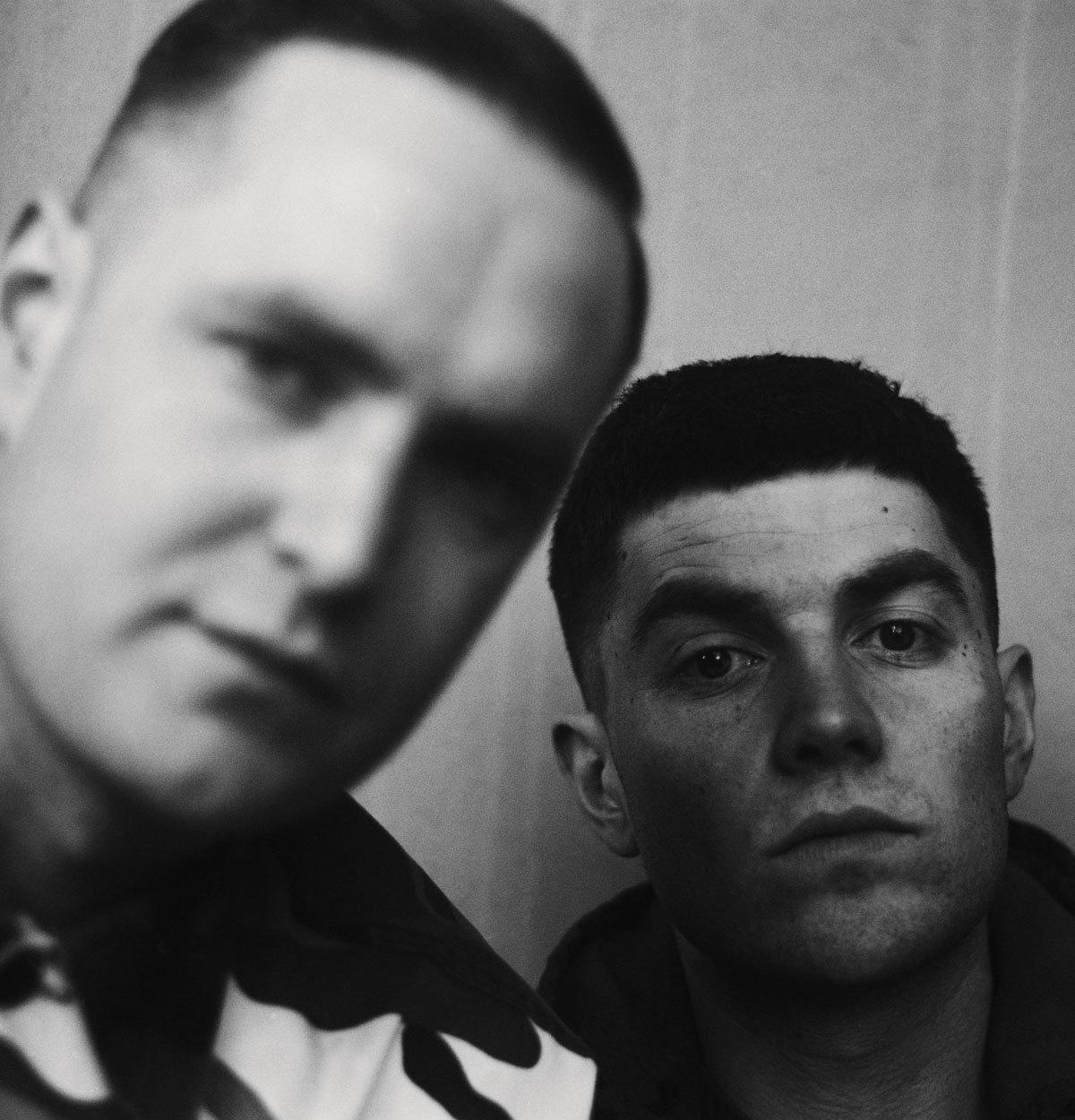
John Holt and Joe Prince, LAW
Editor John Holt and Creative Director Joseph Prince started Lives And Works, or LAW for short, in 2011. In the seven issues since they’ve presented a new vision of modern life in Britain, one rooted partly in nostalgia, but seeking new creative visions. It’s a magazine born from bedroom obsessives and the rough edges of the streets, the timeless romance of playing fields and pubs. It’s a document of what they describe as the “beautiful undercurrent of British culture… shining a light on those who deserve it.” They’ve featured butchers, sightseers, footballers, boxers; LAW is a vision of subcultural masculinity for those just old enough to remember the golden years first hand, but young enough to craft it into something new. It’s for everyone who grew up recording d’n’b essential mixes off Radio 1 onto cassette tapes, but who now preserve them on mp3. It’s for everyone who knows looking back doesn’t mean you aren’t looking forward. “It’s important to describe and record the time we live in,” they explain, “whilst always pushing things forward.” LAW is a classic magazine for a new age. – FP
Credits
Photography Jack Davison
Text Lynette Nylander and Felix Petty
Grooming Teiji Utsumi at D+V Management using Bumble and bumble
Photography assistance Adama Jalloh
Grooming assistance Waka Asachi
